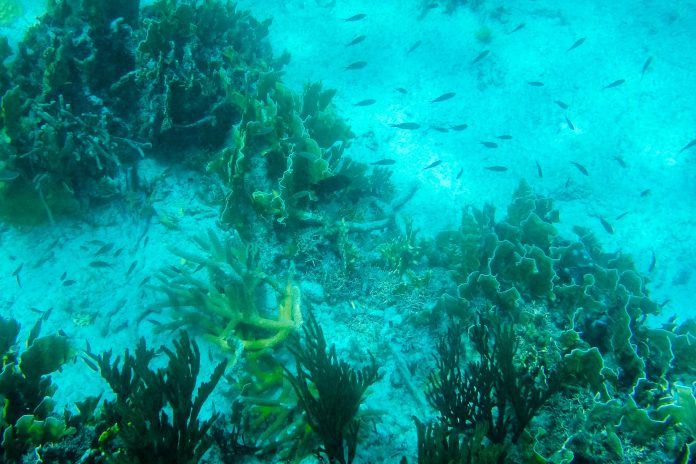Die Tauchgründe rund um die karibische Insel Bonaire zählen zu den bestgeschützten und ursprünglichsten der Welt. Die ruhige See, die einzigartige Korallenwelt, Sichtweiten von bis zu 50 Meter und farbenprächtige Schwärme tropischer Fische machen auf Bonaire jeden Tauchgang zu einem unvergesslichen Erlebnis!
Die fantastischen Korallenriffe von Bonaire konnten sich über die letzten Jahrzehnte ungestört zu voller Pracht entfalten und zählen selbstverständlich zu unseren Top 10 Sehenswürdigkeiten von Bonaire. Es wird danach gestrebt, dass dies auch noch weiterhin so bleibt, ist der Tauch-Tourismus doch eine der wichtigsten Einnahmequellen der kleinen Karibik-Insel.
Inhaltsverzeichnis
Wann zum Tauchen nach Bonaire?
Mit seinem tropischen Klima ist Bonaire das ganze Jahr über ein atemberaubendes Tauch-Ziel mit Sichtweiten bis zu 40m. Zusammen mit der völlig intakten Unterwasserwelt locken auch die ganzjährig warmen Temperaturen zwischen gut 30°C am Tag und 25°C in der Nacht zu Tauch- und Bade-Ausflügen ins Meer. Seine Wassertemperatur sinkt übrigens das ganz Jahr über nie unter 27°.
Tipp: Wer lange im Wasser bleiben möchte, sollte sich allerdings dennoch Unterwasser-Kleidung mitnehmen, denn nach einer halben Stunde kühlt der Körper auch im knapp 30°C warmen Wasser aus!
Wie finde ich die besten Tauchspots auf Bonaire?
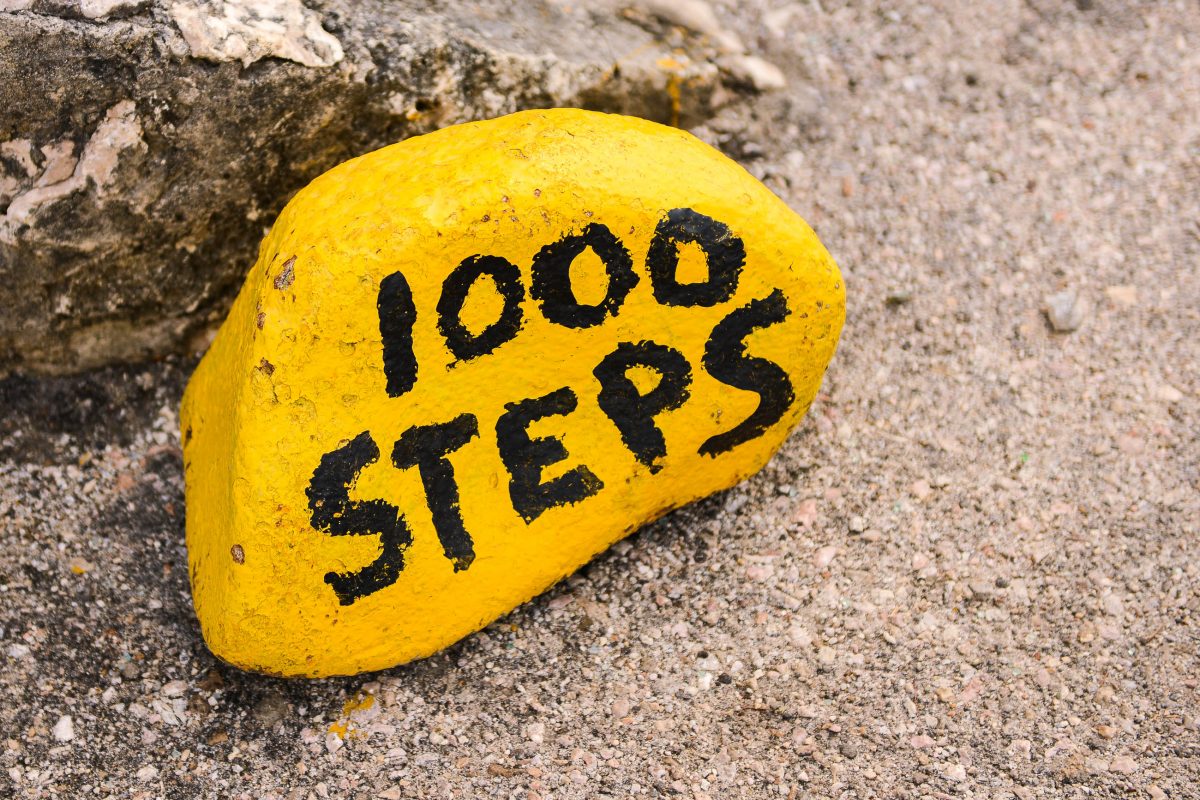
Bonaires Tauchspots zu finden ist einfach. Fast alle paar Meter zeigt ein beschrifteter, gelber Stein am Rand der Uferstraße einen Tauchplatz an. Nahezu alle sind bequem vom Strand aus zu erreichen. Das Auto kann einfach an der Küste abgestellt und das letzte Stück zum Meer zu Fuß zurückgelegt werden. 63 offizielle Tauchgründe sind auf Bonaire ausgewiesen, die meisten davon an der geschützten Westküste der Insel.
Hilma Hooker und Angel City
Südlich von Kralendijk, wenn die Häuser und Resorts an der Küste verschwunden sind, beginnt die Einsamkeit an Bonaires Küsten. Nur 10 Autominuten von der Hauptstadt entfernt befindet sich bereits einer der spektakulärsten Tauchspots von Bonaire.
Der 70m lange Frachter am Meeresgrund wurde für den Marihuana-Schmuggel verwendet und versank 1984 in den Fluten vor Bonaires Küste. Heute beherbergt das bekannteste Wrack von Bonaire keine Drogen mehr, dafür eine unglaubliche Artenvielfalt an Meereslebewesen.
Der nächste offizielle Tauch-Spot gleich südlich der Hilma Hooker ist Angel City. Seine Felshöhlen werden von zahlreichen Engelsfischen umschwärmt, die auch von Schnorchlern gut zu beobachten sin.
Salt Pier
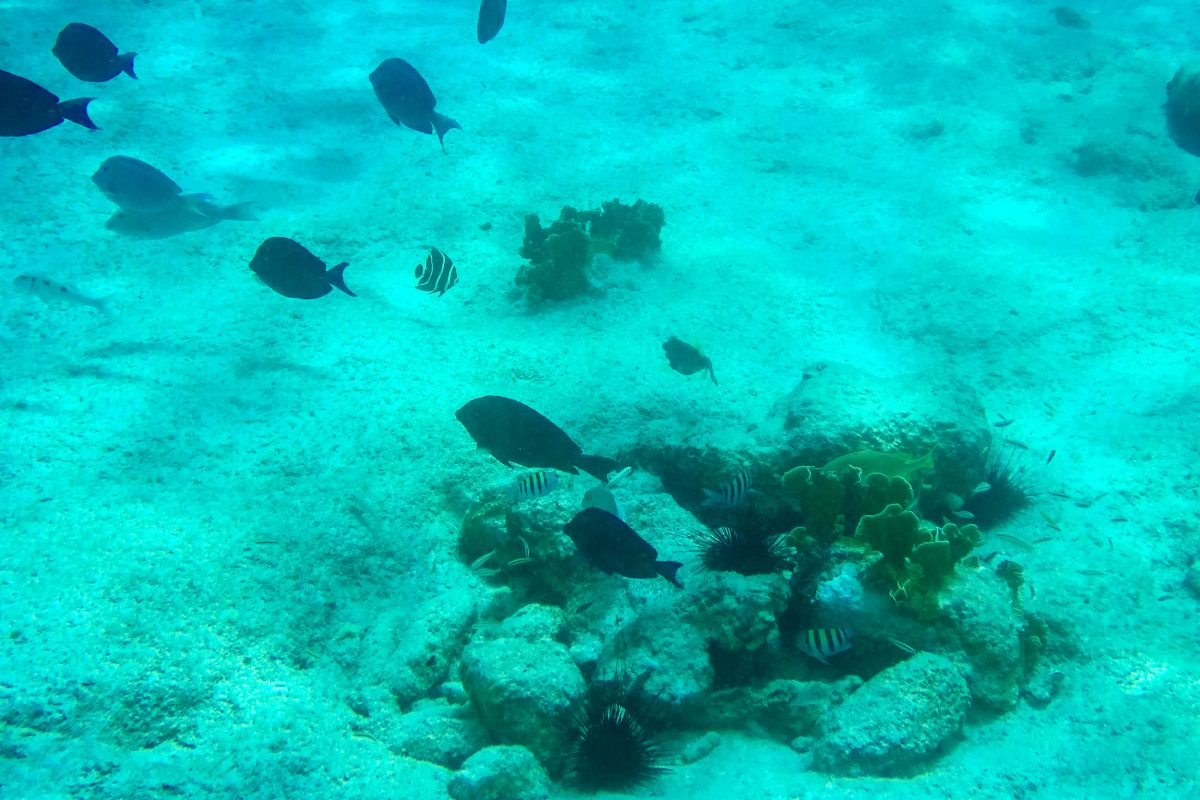
Für atemberaubende Unterwasser-Fotografien und Tauchen in der Nacht ist der Salt Pier in der Nähe von Pekelmeer zu empfehlen. Die Straße von Pekelmeer Richtung Norden wird noch über gut 10 Kilometer von Salzfeldern gesäumt, die in die „Witte Pan“ genannten Salzpfannen münden.
Hier ragt auch der als Tauchspot markierte und auf den ersten Blick wenig einladende Salt Pier ins Meer. Man darf sich allerdings vom Industrie-Anblick der alten Salzverladestation nicht verunsichern lassen, denn unter Wasser tummeln sich zwischen den Pfählen zahlreiche Fische und sogar Stachelrochen, Kraken und Schildkröten!
Margate Bay
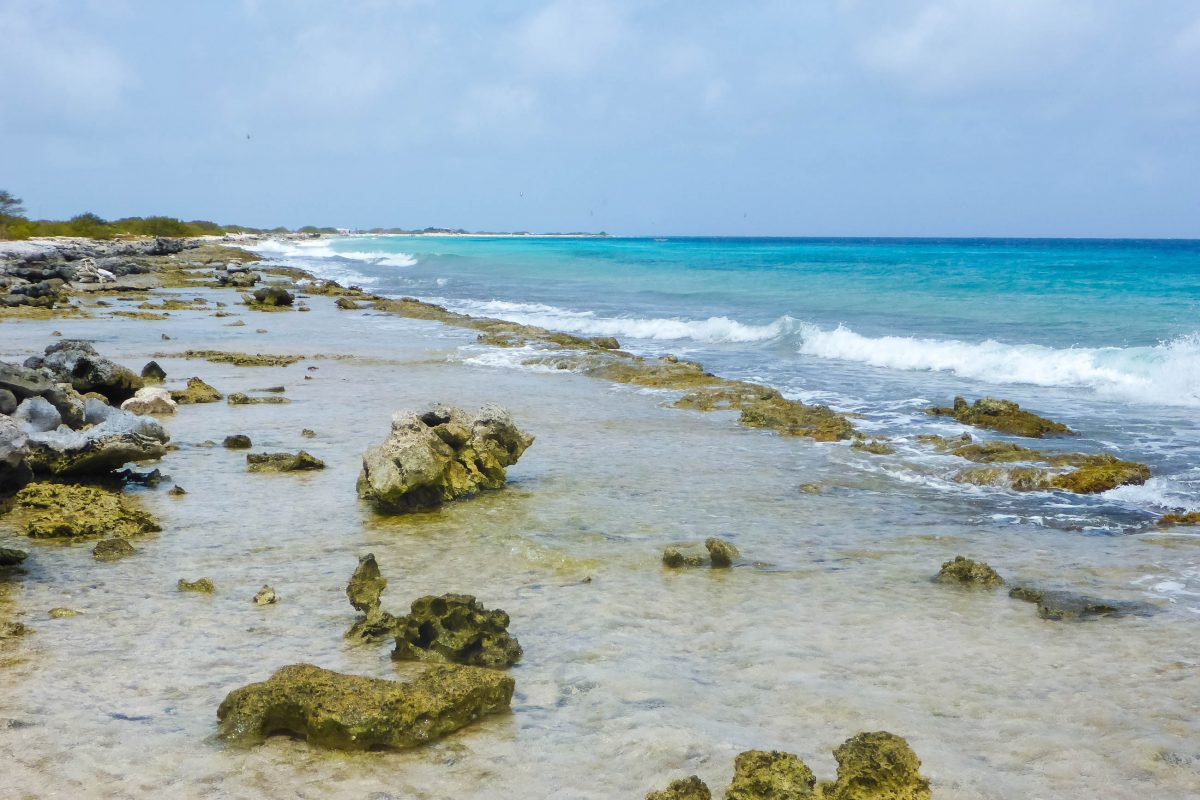
Auch in der Margate Bay an der Westküste, wo eindrucksvolle Weichkorallen gedeihen, gelingen fantastische Fotos der Meeresbewohner, von denen einige nachtaktiv sind. Die ruhige See sorgt für glasklare Sicht auf die Schwärme von Barrakudas, Makrelen und Thunfischen. Taucher sollten allerdings schon Erfahrung aufweisen, denn ihren Fischreichtum hat die Margate Bay unter anderem starken Strömungen zu verdanken.
Tipp: Den umliegenden Büschen der Margate Bay sollte man nicht zu nahe kommen – sonst wird man nämlich sofort von hunderten blutgierigen Moskitos überfallen.
Red Slave
Vorbei am ausnahmsweise sandigen Pink Beach geht es weiter zum Tauchspot namens Red Slave fast schon am südlichsten Punkte von Bonaire. Er hat seinen Namen von den winzigen roten Sklavenhütten, in denen die Sklaven von Pekelmeer einst unter unmenschlichen Bedingungen hausten. Weitab vom Schuss beeindrucken hier zahlreiche tropische Fische inmitten farbenprächtiger Korallengärten.
Mangrovenwälder bei Lac Bay

Ein weiteres unvergessliches Tauch-Erlebnis auf Bonaire ist, einen Mangrovenwald unter Wasser zu erleben. Auf geführten Touren geht es bei Lac Bay im Südosten von Bonaire mit dem Kanu mitten ins Gebüsch und schließlich unter die Wasseroberfläche – wo in einer ganz eigenen Welt statt Korallenstücken und Muschelschalen Äste und Blätter auf dem Boden liegen.
Zu sehen gibt es im absolut ruhigen und kristallklaren Wasser Barrakudas, Muscheln, Schwämme, Papageienfische, Kofferfische, Kugelfische und Nadelfische. Absolut faszinierend sind außerdem die völlig ungefährlichen Mangrovenquallen, die mit dem Schirm nach unten liegend nahezu den gesamten Sandboden bedecken.
Bari Reef
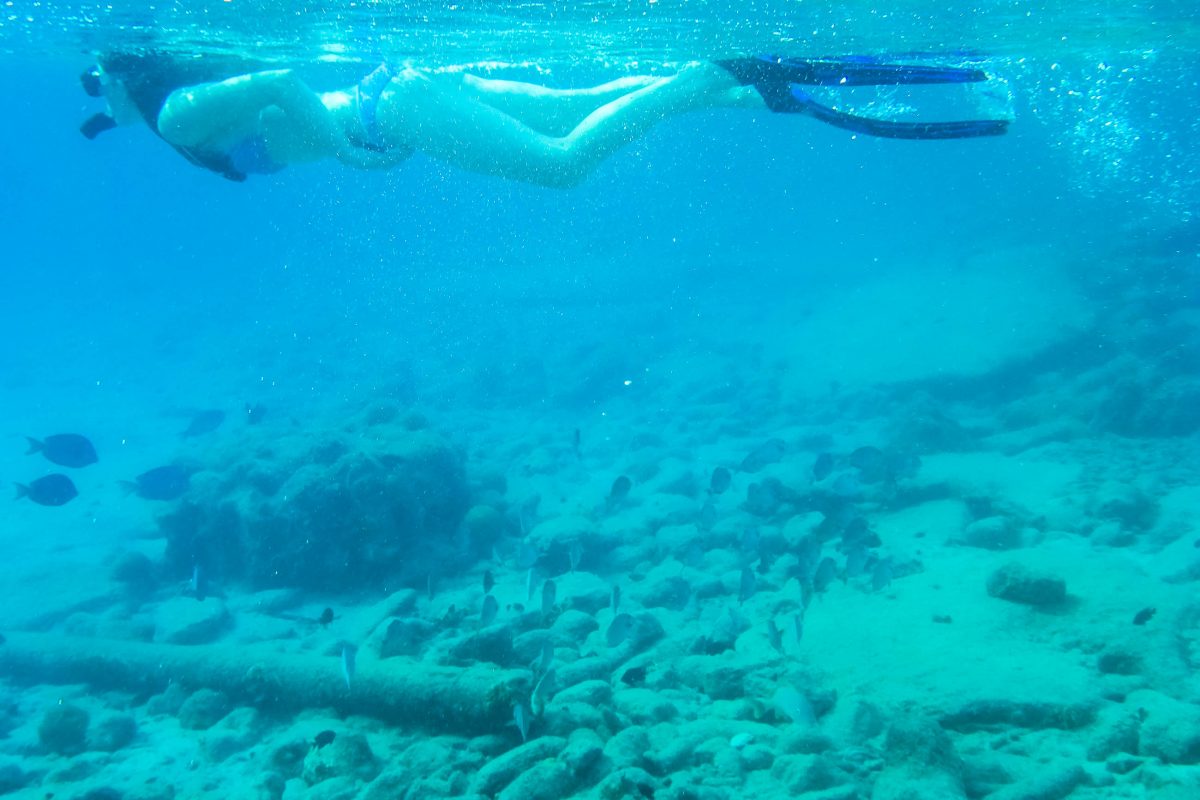
Nördlich von Kralendijk liegt das Bari Reef, welches trotz seiner Nähe zur Hauptstadt eine erstaunliche Artenvielfalt aufweist. Zwischen den vertäuten Booten tummeln sich unzählige Meeresbewohner. Tauch- und Schnorcheltouren können von hier aus bis zu den noch näher an Kralendijk gelegenen Tauchspots Front Porch und Calabas Reef gelangen. Alle drei Tauchspots sind strömungsarm und daher perfekt für Tauch-Einsteiger.
Andrea I und Andrea II
Rund 5 Autominuten weiter nördlich befinden sich die beiden Tauch Spots Andrea I und II. Ihre faszinierende Unterwasserwelt aus Korallen und Felsen bietet bunt schillernden Fischen und den eleganten Meeresschildkröten ein zuhause. Mit etwas Glück zieht sogar ein majestätischer Rochen hier seine Kreise.
Auch hier liegt ein gesunkenes Schiff, die Andrea I. Anker, Schornsteine und diverse andere Überbleibsel des einst stolzen italienischen Frachters sind zwischen den Korallen noch gut auszumachen.
1000 Steps

Strömungsarm und seicht ist das Wasser auch an den 1000 Steps in der nördlich gelegenen Boka di Tolo. Hier zählt die Küste auch über Wasser zu einem der bildschönsten Orte auf Bonaire. Der traumhafte Strand ist tatsächlich über eine Treppe zu erreichen, es sind allerdings keine 1000 Stufen. Das Highlight unter Wasser ist die Sternkoralle, ein über 3 Meter hohes tierisches Gewächs, und werden regelrecht umschwärmt von Seeschildkröten, Rochen und Delfinen.
Karpata
Noch etwas weiter nördlich am gleichnamigen Landhaus gelegen beeindruckt der Tauchspot bei Karpata mit einer 30m hohen Steilwand. Ein absolut unvergessliches Gefühl, hier über die Kante zu schweben und gemeinsam mit Schildkröten, Kaiserfischen, Papageienfischen und Muränen in die dunkle Tiefe zu blicken.
Klein Bonaire
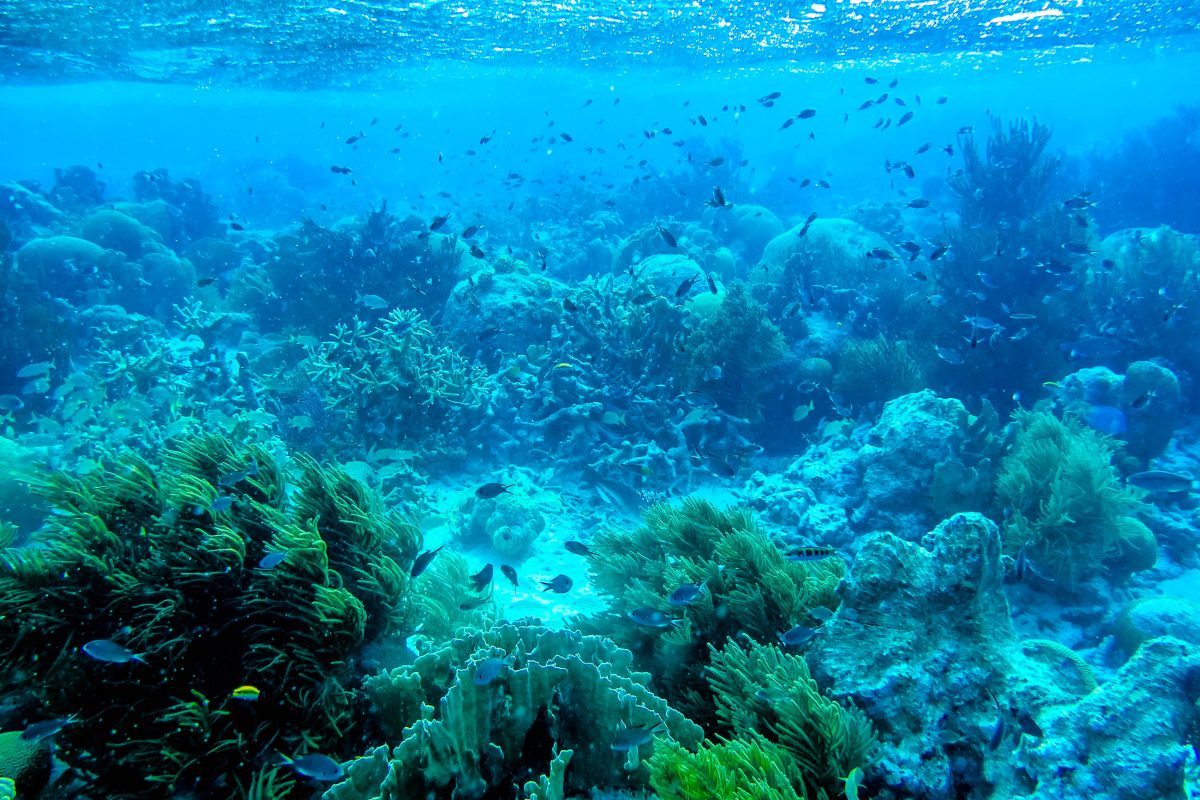
Die nur 6 Quadratkilometer große und 2m hohe Mini-Insel westlich der Hauptstadt Kralendijk wird von Bonaire durch den etwa 850 Meter breiten und bis zu 1.400 Meter tiefen Kanal Rede Kralendijk getrennt. Sie wirkt auf den ersten Blick trocken, leblos und unwirtlich.
Doch es ist nicht die Insel selbst, die jedes Jahr 50.000 Touristen auf unzähligen Ausflugsbooten nach Klein Bonaire lockt, sondern ihre überwältigende Unterwasserwelt, die zu unseren Top 10 Sehenswürdigkeiten von Bonaire zählt.
Um die nur etwa 6 Quadratkilometer große Insel zieht sich eines der spektakulärsten Korallenriffe der Welt, das in knapp 30 ausgewiesenen Tauchspots erkundet werden kann. Bei Ebo’s Reef können Abenteurer eine spektakuläre Steilwand hinabtauchen, die mit orange leuchtenden Schwämmen gespickt ist.
Zahlreiche lokale Veranstalter bieten Ausflüge in das atemberaubende Tauchparadies an, die sowohl für Anfänger als auch für erfahrene Taucher und Schnorchler geeignet sind. Mit verschiedenen Guides werden die einzelnen Gruppen durch das fantastische Korallenriff geführt, die auch Wissenswertes über die Meereswelt und deren Schutz zu berichten wissen.
Wer sich also von der Unterwasserwelt von Bonaire satt gesehen hat, sollte Klein Bonaire besuchen, denn – man glaubt es kaum – der Fischreichtum der Hauptinsel ist tatsächlich noch einmal zu toppen!
Strenger Naturschutz durch die STINAPA
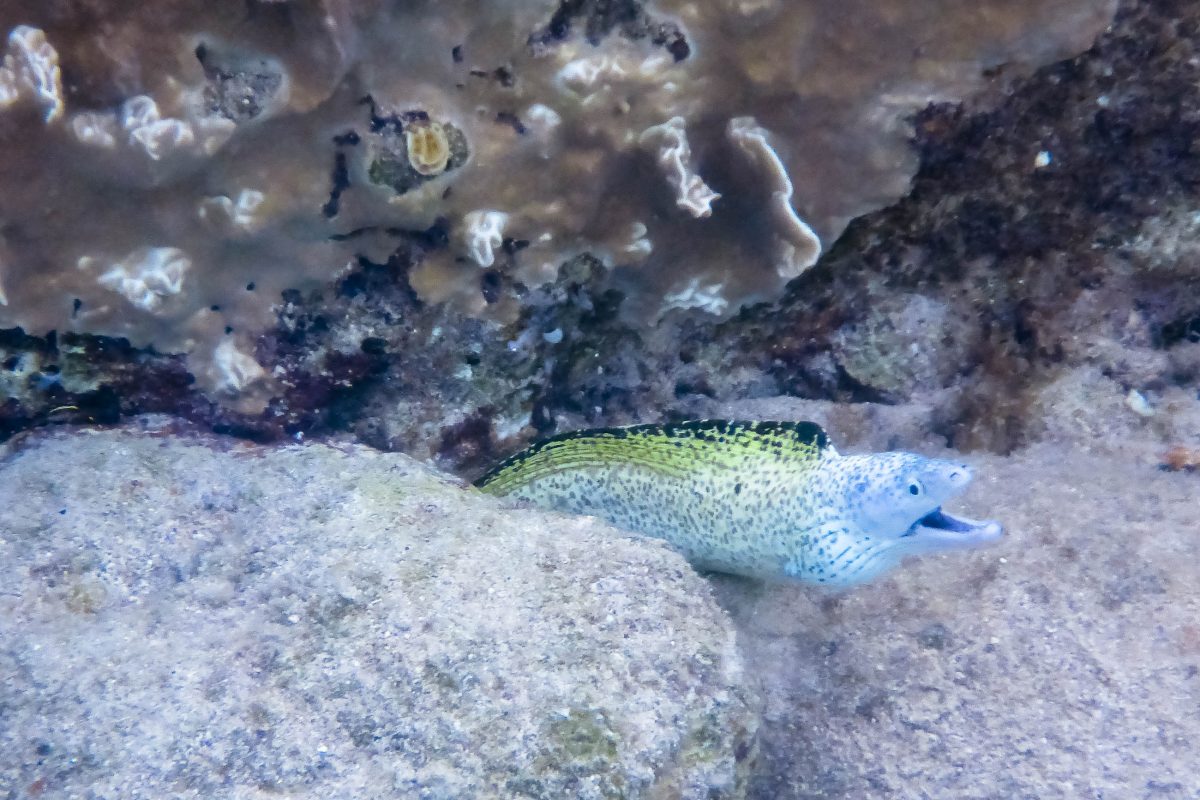
Es gibt einen guten Grund für die intakten Korallengärten von Bonaire. Seit 1979 ist ein großer Teil von Bonaires unvergleichlicher Unterwasserwelt durch den Bonaire Marine Park geschützt. Die STINAPA sorgt hier ebenso wie im Washington Slagbaai Nationalpark für die Einhaltung der Naturschutz-Maßnahmen. Im gesamten Riff, welches die Insel säumt, darf weder gefischt werden noch dürfen große Boote vor Anker gehen.
Die bemerkenswert ruhige See, das dadurch kristallklare Wasser mit einer Temperatur um 28°C und die farbenprächtigen Schwärme an tropischen Fischen bieten perfekte Tauch- und Schnorchelbedingungen.
Durch die absolut ungestörte Unterwasserlandschaft sind in den durchschnittlich 60 Meter tiefen Tauchspots ungetrübte Sichtweiten von 30 bis 40 Metern keine Seltenheit. Zu sehen gibt es in der farbenprächtigen Meereswelt unter anderem Kaiserfische, Muränen, Schnappfische, Lippfische, Papageifische, Schildkröten und manchmal sogar Rochen und Walhaie, die jeden Tauchgang zum unvergesslichen Erlebnis machen.
Tauch-Genehmigung für Bonaire
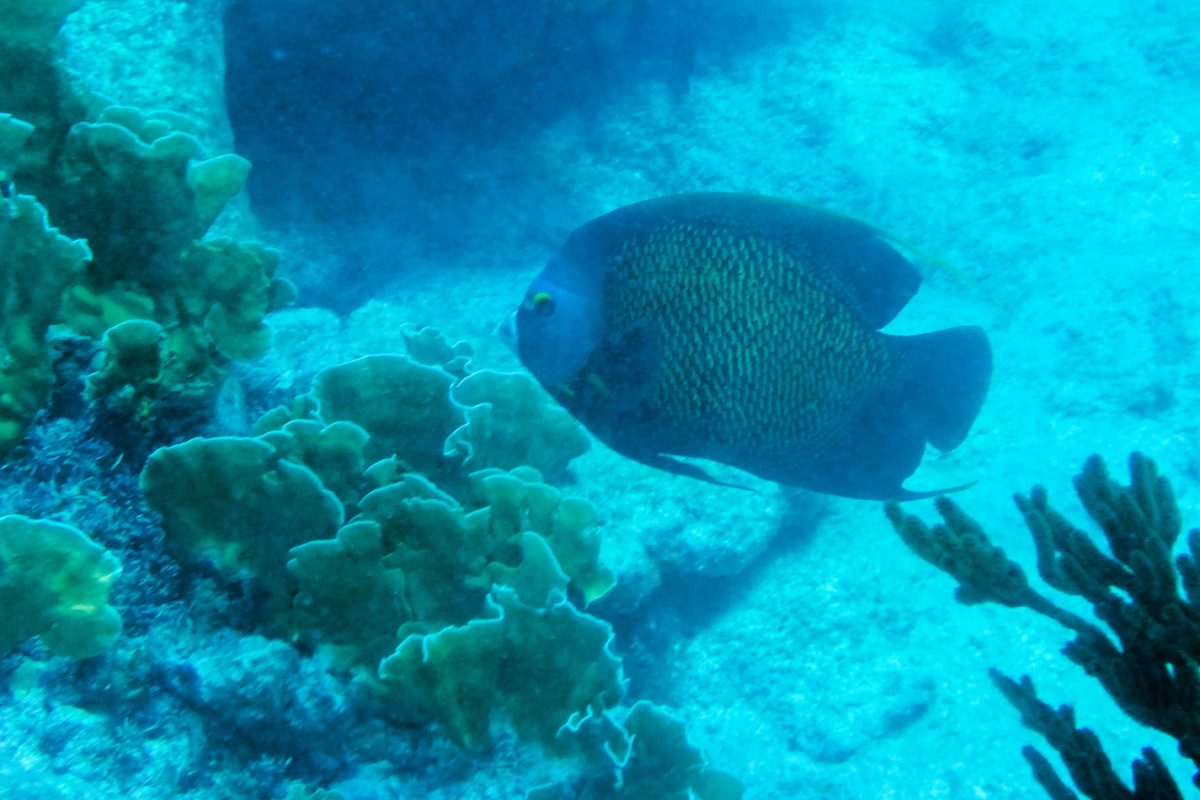
Wer innerhalb des letzten Jahre nicht in Bonaire tauchen war, wird in Tauchschulen dazu aufgefordert, an einer Info-Session teilzunehmen, die normalerweise täglich um 9 Uhr früh stattfindet und den angehenden Taucher über die Regeln des Marine Parks aufklärt.
Danach ist man zum Kauf der für ein Kalenderjahr gültigen Marine Park Plankette (Marine Park tag) berechtigt, die man benötigt, um in Bonaires Hoheitsgewässern tauchen zu dürfen (was allerdings vor allem bei Schnorchlern nicht sonderlich streng kontrolliert wird).
BILDER: Tauchen und Schnorcheln auf Bonaire
Fotogalerie: Tauchen und Schnorcheln auf Bonaire
Weiterführende Links:
Offizielle Seite des National Marine Parks auf Bonaire

